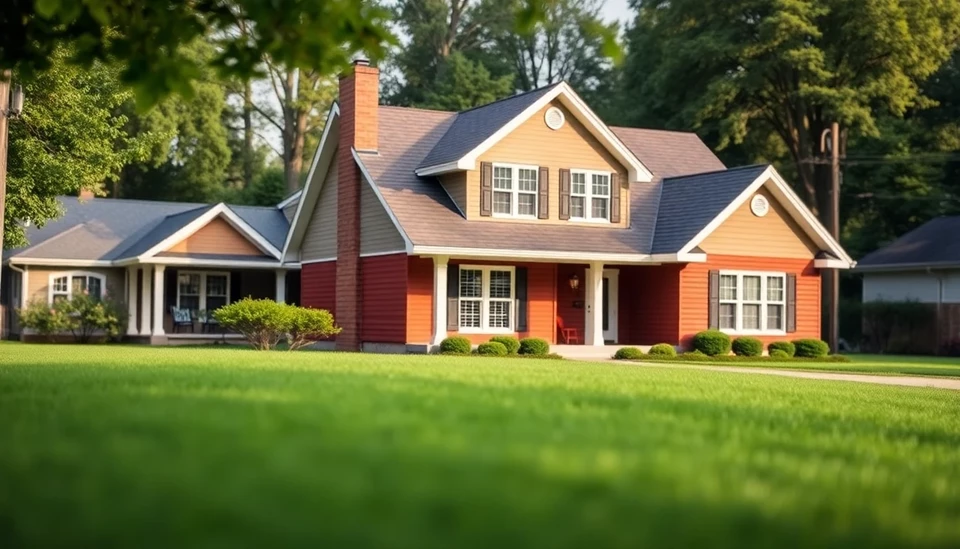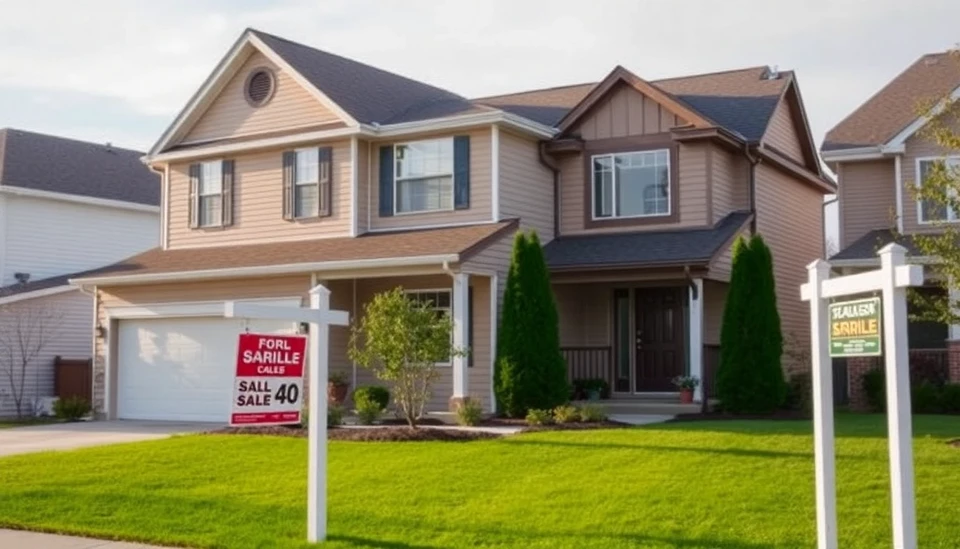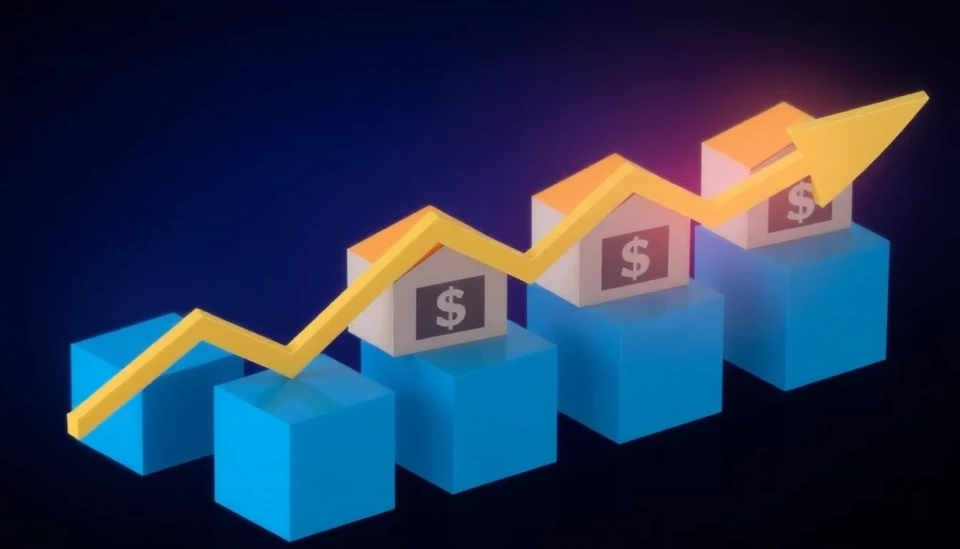
In a significant development in the housing market, mortgage rates in the United States have risen for the fourth consecutive week, inching closer to the 7% threshold. This continued increase poses challenges for potential homebuyers and signals ongoing volatility in the mortgage landscape that could slow down home sales and impact affordability.
As reported, the average rate on a 30-year fixed mortgage has surged, reflecting a broader trend of rising interest rates influenced by various economic factors, including inflation and monetary policy adjustments by the Federal Reserve. With this increase, the average mortgage rate now hovers just below the psychologically important 7% barrier, a level that has historically signaled caution among prospective buyers.
The upward trajectory of mortgage rates is attributed to several key factors. Economic data releases and hawkish comments from Fed officials suggest that inflation is still a pressing concern. The Fed's commitment to controlling inflation through rate hikes has created a ripple effect across different lending rates, leading to higher costs for home financing.
Industry experts predict that as mortgage rates continue to climb, the cooling effect on the housing market will likely be felt more acutely. Homebuyers may be deterred due to elevated borrowing costs, leading to a slowdown in sales activity and potentially decreasing property values. The situation emphasizes the delicate balance between managing inflation and fostering a healthy housing market.
Moreover, the increasing mortgage rates are set against the backdrop of an already tight housing inventory in many regions. This scarcity means that despite higher rates, demand for homes could persist in certain markets, maintaining pressure on prices and exacerbating affordability issues for many buyers.
For current homeowners, these rising rates can create a challenging environment for refinancing, with many opting to hold onto lower-rate mortgages acquired in previous years. This shift could result in fewer homes being listed on the market, further constraining supply and potentially pushing prices up due to decreased availability.
In summary, the intensifying rise in U.S. mortgage rates reflects ongoing economic pressures and poses a complex landscape for both buyers and sellers. As the market adapts to these new conditions, stakeholders will be closely monitoring future developments to understand the full implications for the housing sector.
Stay tuned for more updates as the situation evolves and impacts the real estate market across the nation.
#MortgageRates #HousingMarket #RealEstate #InterestRates #HomeBuying #EconomicTrends
Author: Daniel Foster




